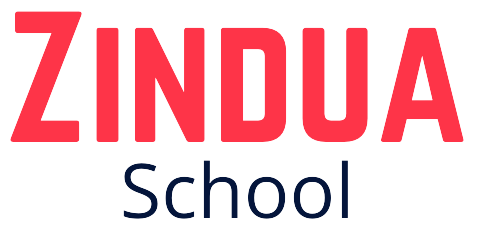Delving into the Nuances of CVs and Resumes: A Comprehensive Guide
Navigating the professional world often involves presenting your qualifications and experiences in a concise and compelling manner. Two crucial documents that serve this purpose are CVs and resumes. While these terms are often used interchangeably, they possess distinct characteristics and serve different purposes. Understanding the nuances of each document is essential for crafting an effective application that showcases your strengths and aligns with your career aspirations.
Unveiling the Essence of a CV
A CV, abbreviated from the Latin term “curriculum vitae,” translates to “course of life.” True to its meaning, a CV is a comprehensive and detailed document that meticulously outlines your academic and professional accomplishments. It serves as a repository of your educational background, research endeavors, publications, awards, and professional experiences. CVs are typically lengthier than resumes, spanning two to three pages, and are primarily utilized in the academic realm.
When to Employ a CV
A CV is the preferred document for applications in the academic and research spheres. Its comprehensive nature allows you to showcase the depth and breadth of your scholarly achievements. Consider utilizing a CV when applying for:
- Research programs: A CV provides a detailed overview of your research experience, publications, and presentations, highlighting your expertise in a particular field.
- PhDs or faculty positions: Academic institutions seek individuals with a strong academic background and a demonstrated commitment to research. A CV effectively presents your credentials, research prowess, and teaching experience.
- Grants or fellowships: Funding bodies often require a comprehensive understanding of your academic and research accomplishments. A CV provides a detailed account of your qualifications and expertise, supporting your grant or fellowship application.
The Realm of Resumes
A resume, unlike a CV, is a succinct and targeted document that highlights your most relevant skills and experiences for a specific job opening. It typically spans one to two pages and focuses on tailoring your qualifications to align with the requirements of the desired position. Resumes are commonly used for job applications outside of academia.
When to Utilize a Resume
A resume is the ideal document for showcasing your suitability for a particular job outside of academia. Its concise and tailored nature aligns with the expectations of employers in various industries. Consider using a resume when applying for:
- Jobs in the corporate world: Companies seek candidates with specific skills and experiences that match the job requirements. A resume effectively highlights your relevant qualifications and accomplishments, demonstrating your suitability for the role.
- Internships: Internships provide valuable hands-on experience in a particular field. A resume allows you to showcase your skills, academic background, and any relevant experience, making you a competitive candidate for internship opportunities.
- Entry-level positions: When starting your career, a resume serves as an introduction to your skills, education, and any relevant experiences, even if limited. Tailoring your resume to the specific entry-level position demonstrates your enthusiasm and potential.
Crafting a Compelling CV
Creating an effective CV requires attention to detail and a comprehensive approach. Here are some key considerations:
- Comprehensiveness: Include all relevant academic and professional achievements, even those that may seem minor. A complete picture of your accomplishments demonstrates your dedication and growth.
- Specificity: Use strong action verbs and specific examples to describe your accomplishments. This paints a vivid picture of your contributions and impact.
- Organization: Employ a clear and concise format, using headings and subheadings to categorize your achievements. A well-structured CV enhances readability and highlights your key strengths.
- Proofreading: Carefully review your CV for any grammatical or spelling errors. A polished document reflects professionalism and attention to detail.
Tailoring a Winning Resume
A compelling resume is tailored to the specific job you are applying for. Here are some essential tips:
- Relevance: Carefully review the job description and identify the key skills and experiences sought by the employer. Highlight those qualifications that match the requirements, demonstrating your suitability for the role.
- Conciseness: Keep your resume to one or two pages, focusing on the most relevant and impactful experiences. A concise resume demonstrates your ability to prioritize and present information effectively.
- Keyword optimization: Incorporate relevant keywords throughout your resume, aligning with the language used in the job description. This increases the chances of your resume being noticed by applicant tracking systems (ATS).
- Readability: Use a clear and professional font, consistent formatting, and adequate spacing. A visually appealing resume enhances readability and leaves a positive impression.
Conclusion
In conclusion, your choice between a CV and a resume is not merely a matter of semantics but a strategic decision that can shape the trajectory of your career. Crafting a compelling CV or resume is an art, one that requires attention to detail, customization, and a clear understanding of your target audience. By embracing these nuances, you empower yourself to present a comprehensive and tailored snapshot of your qualifications, ensuring that you make a lasting impression on potential employers, academic institutions, and funding bodies.
Remember, your CV and resume are not static documents; they should evolve as your experiences and aspirations evolve. As you navigate your professional journey, continuously refine and adapt your application materials to reflect your growth and accomplishments. By mastering the art of CVs and resumes, you can confidently navigate the competitive landscape and seize the opportunities that align with your career aspirations.







